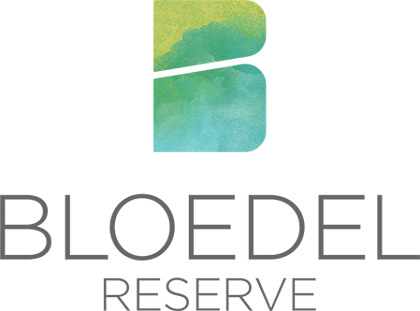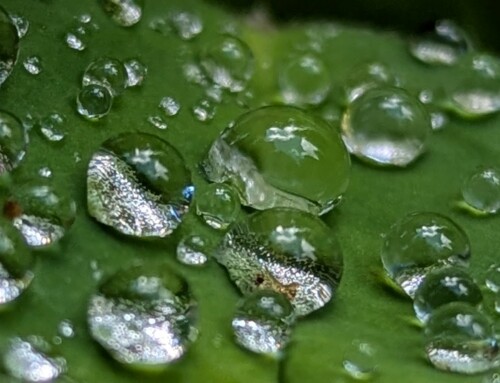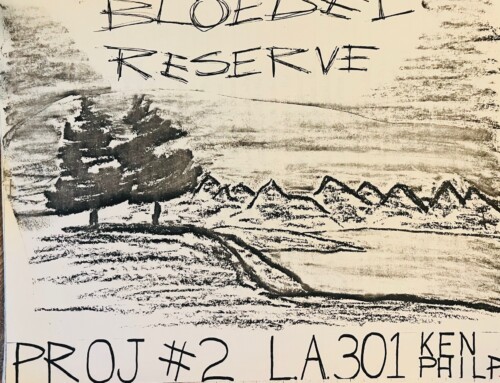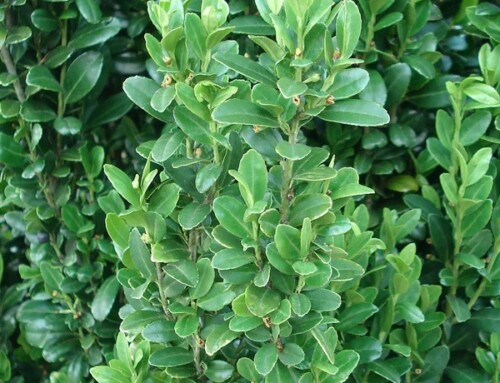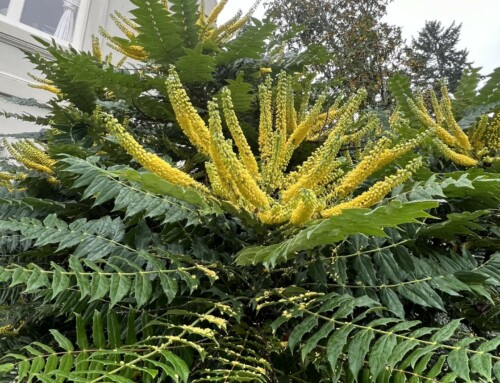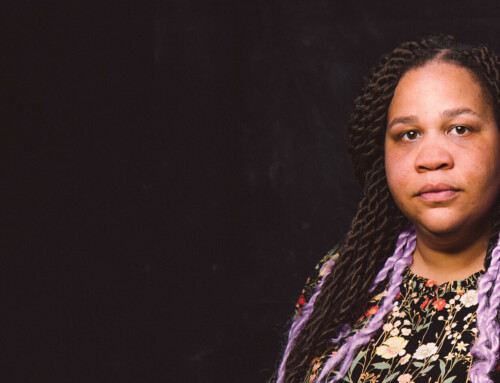Nine Plants We Love for Pollinators
Our Pollinator Meadow is designed with a clear goal in mind: to establish a highly diverse community of flowering herbs and native grasses that deliver nectar- and pollen-rich blooms in a range of colors throughout the entire growing season, from February through October. In honor of Pollinator Week last month, we’re highlighting nine of our favorite native plants that support the pollinators that make this landscape hum. Many of these relationships are incredibly specialized, with certain pollinators depending entirely on specific plants to survive.
Here are a few of the quiet heroes of our meadow:
1. Biscuitroot (Lomatium nudicale)
One of the first blooms to emerge in spring, biscuitroot plays a vital role for early-season pollinators. Solitary mining bees (Andrena and Micrandrena spp.) are key visitors, especially A. angustitarsata and A. auricoma, which specialize in foraging on members of the carrot family like Lomatium. These bees rely on early bloomers like biscuitroot to complete their life cycle.
2. Columbine (Aquilegia formosa)
These striking red flowers are primarily pollinated by hummingbirds that are drawn to their deep nectar spurs. However, bumblebees have also been observed gathering pollen from various columbine species, and hawk moths occasionally visit yellow and white forms.
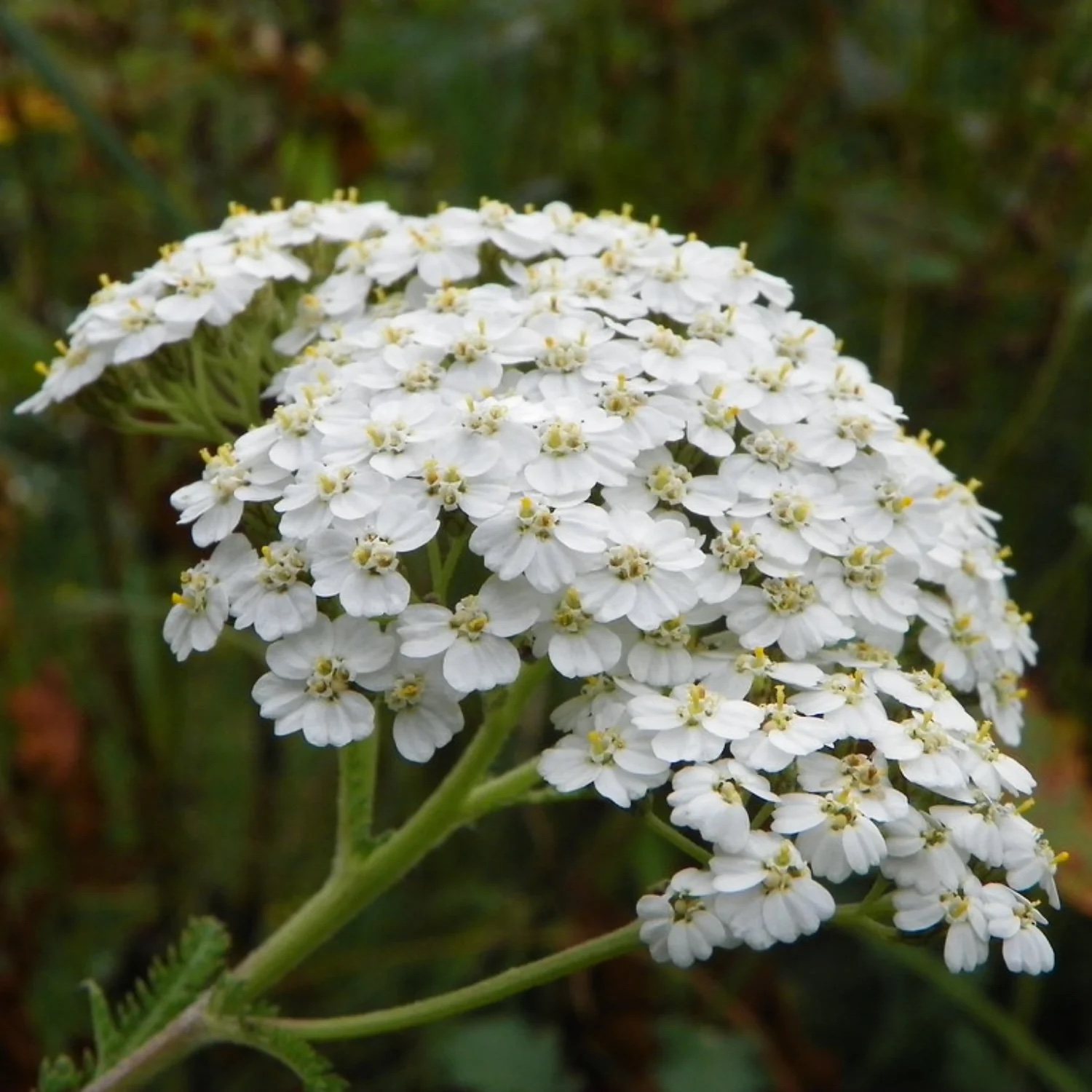 3. Western Yarrow (Achillea millefolium)
3. Western Yarrow (Achillea millefolium)
Our yarrows vary in color and attract a broad suite of beneficial insects, including hoverflies (Syrphidae), tachinid flies (Archytas, Gymnosoma, Tricopoda, Cylindromia), and true bugs like Orius and Geocoris.
4. Douglas Aster (Symphyotrichum subspicatum)
A late-season bloom and pollinator magnet, Douglas’ aster offers vital nectar and pollen when other resources are scarce. Bumblebees, green sweat bees, long-horned bees, and small carpenter bees flock to it, along with butterflies looking for fall forage.
5. Checkermallow (Sidalcea spp.)
These elegant pink flowers are a critical nectar source for the endangered Fender’s blue butterfly (Plebejus icarioides fenderi). Native bees, including Diadasia nigrifrons, specialize on Sidalcea species. It also supports a variety of other butterflies like the painted lady, West Coast lady, and common checkered skipper.
6. Pearly Everlasting (Anaphalis margaritacea)
This silvery perennial hosts the caterpillars of the American lady (Vanessa virginiensis) and painted lady (Vanessa cardui) butterflies. Look for the distinctive silk nests spun by caterpillars in spring.
7. Canada Goldenrod (Solidago canadensis)
Goldenrod is a powerhouse for biodiversity. It supports leafcutter bees, solitary wasps, and butterflies like the gray hairstreak and northern checkerspot. It’s also a host plant for American lady butterflies and a vital fall nectar source across the Reserve.
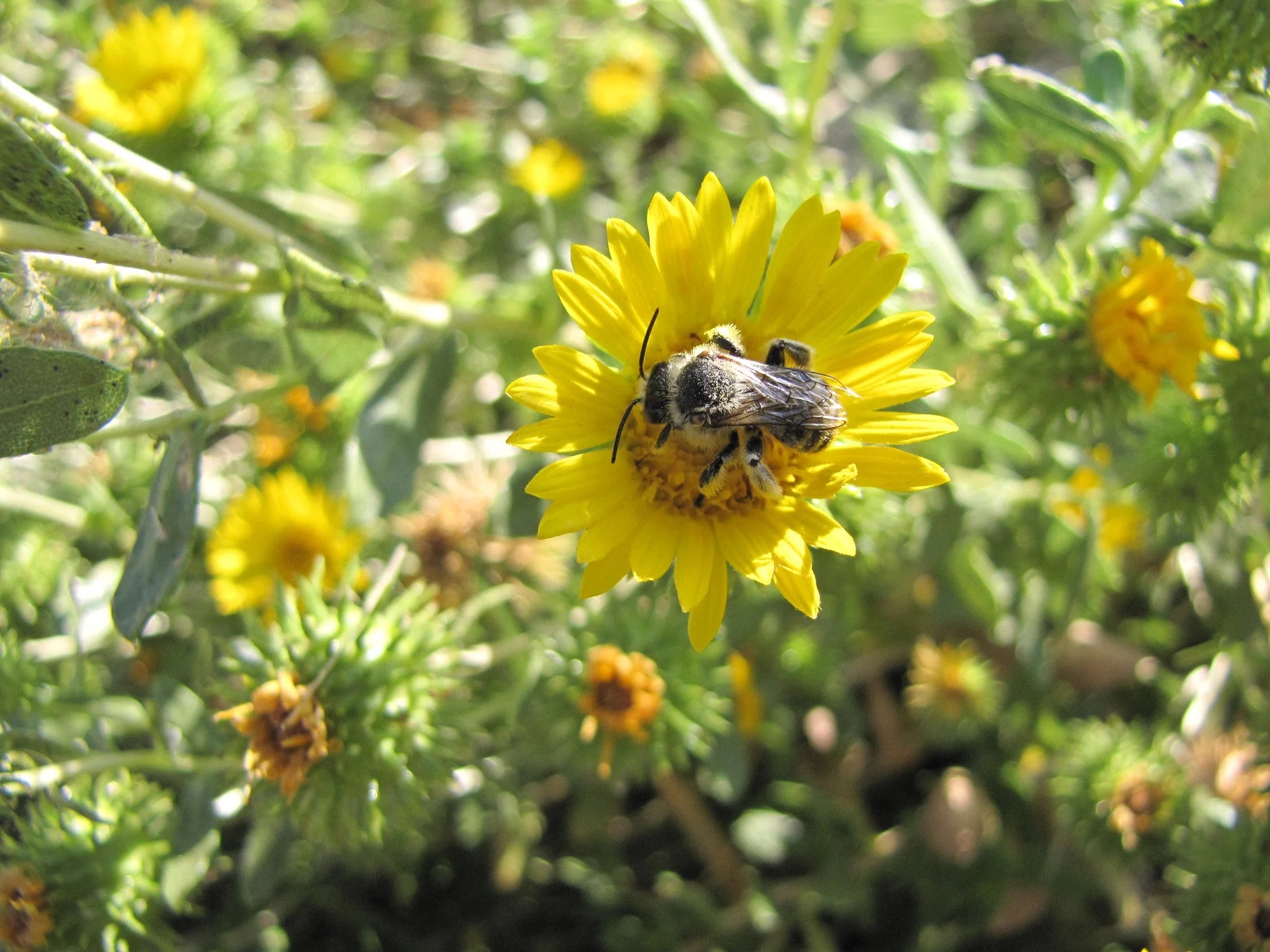 8. Puget Gumweed (Grindelia integrifolia)
8. Puget Gumweed (Grindelia integrifolia)
A workhorse for pollinators, this resinous bloomer carries the season well into fall and sometimes even winter. Native bees, honey bees, syrphid flies, and butterflies feed on its abundant nectar. Even goldfinches can be seen consuming its seeds.
9. Woolly Sunflower or Oregon sunshine (Eriophyllum lanatum)
This cheerful and tough yellow flower is a wonderful for beetles, syrphid flies, moths, and butterflies like the red admiral, orange sulfur, comma, and painted lady.
On your next visit to Bloedel Reserve, take a moment to pause at the top of the Pollinator Meadow and admire these plants and the small but mighty pollinators that frequent them. Each bloom tells a story—of adaptation, survival, and interdependence.
— Written by Kaslin Daniels, Director of Horticulture & Design
